Years Behind, Honda Rushes to Catch Up on EVs
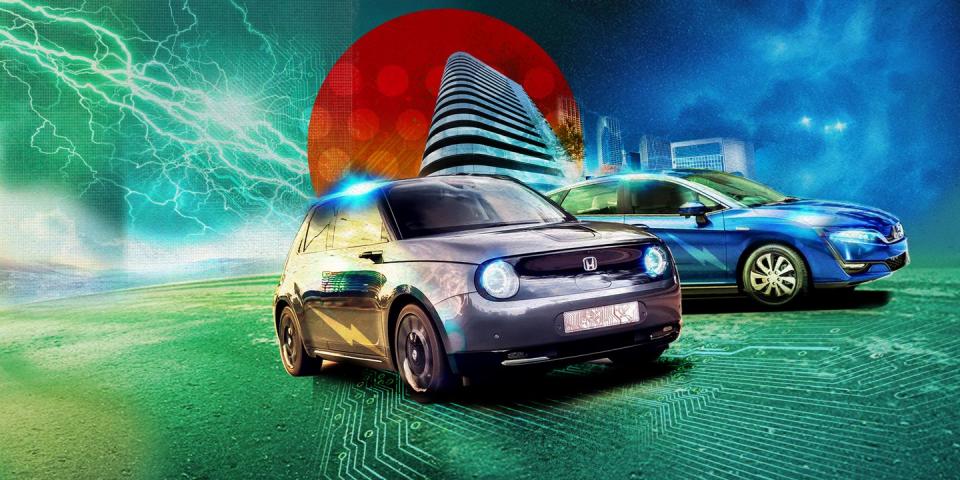
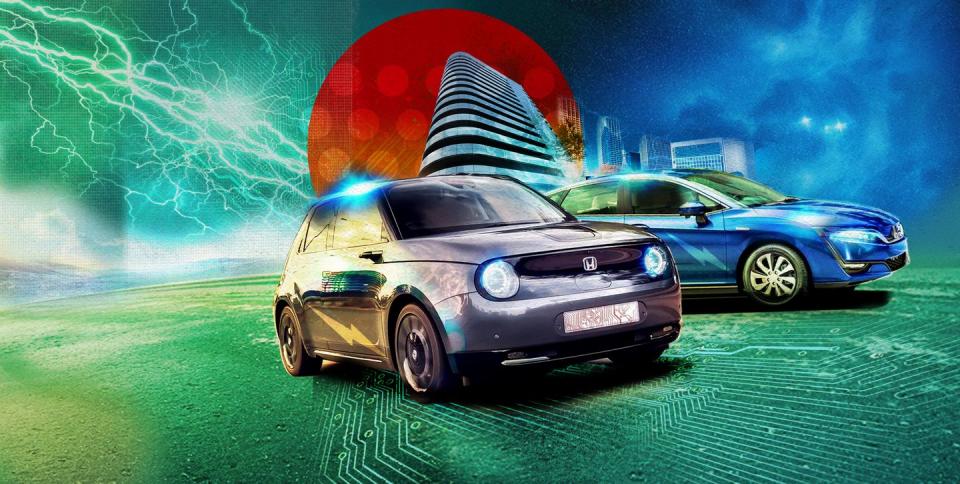
The developed world is currently undergoing its biggest transportation revolution since the creation of the highway. Electric vehicles are already reshaping not just how we live, but the long-term ecological trajectory of the planet. It is happening faster and with more excitement than most saw coming. Sitting on a streetcorner in Tokyo, across from Honda’s global headquarters, you’d never really know.
Here it is hybrids that rule the day, microcars with gas-sipping internal combustion engines and nickel-metal battery packs. Call it 2004’s vision of the future or call it a bubble. Either way, Honda’s executives live, work, and plan in that bubble, and it’s only recently that they’ve gotten serious about fully electric vehicles. The company has a lot of catching up to do.
Why Honda’s Behind the Curve on EVs

“Until five years back, our strategy mainly was that the business would be established mainly around hybrid technologies by 2030. That was what we were anticipating,” Honda CEO Toshihiro Mibe said during a roundtable interview with Road & Track and others. “But in the last five years, battery EVs in terms of the regulations of the EU and the United States, well, there is a more proactive attitude toward BEVs.”
In terms of fighting emissions, Japanese car manufacturers are victims of their own success. Honda brought the first hybrid to the U.S., while Toyota popularized it. And as the rest of the world has stuck primarily with traditional internal-combustion-only motoring and the U.S. has continued to build larger and larger trucks, Japanese buyers and regulators have focused on efficiency. The International Council on Clean Transportation wrote in 2014 that, already, hybrids had achieved deep market penetration:
Hybrids now account for more than 30% of the 2.9 million standard passenger vehicles sold and about 20% of the 4.5 million passenger vehicles including minicars. Today, almost 60% of new cars in Japan are either hybrids or minicars, with the fuel economy implications shown above. In comparison, the next highest hybrid penetration that we’ve seen around the world is in the 1.7-million-per-year California auto market, which has a 7% hybrid market share.
It’s understandable that Japanese companies like Toyota, Mazda, Subaru, and Honda might feel less urgency to traditional to fully electric lineups. After all, Honda has the lowest corporate average fleet emissions of an automaker in the U.S. Still, the goal is zero emissions, not low emissions. Honda is aiming for 40 percent of its sales to be zero-emissions cars by 2030, 80 percent by 2035, and 100 percent by 2040, a slightly less aggressive timetable than some European firms are proposing. But just because Honda knows how to make hybrids doesn’t mean the transition to EVs will be easy.
Honda’s Solo EV Career: A Failure so Far
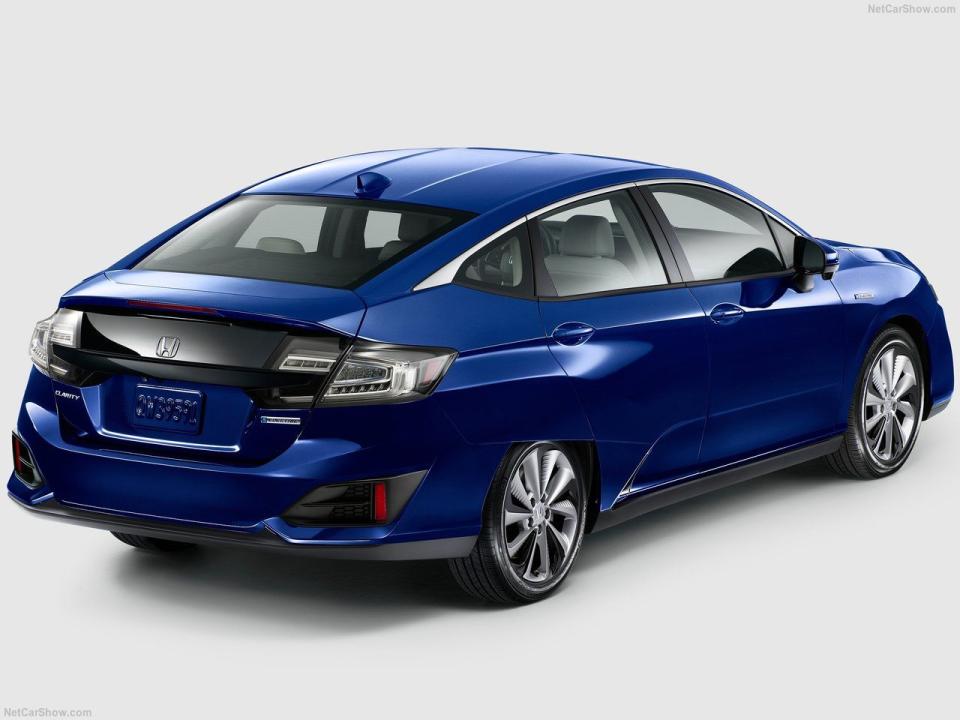
Honda has not had much success selling EVs in the United States. You’d be forgiven for assuming that’s because the company has never offered an EV here, since the one it did sell was so obscure. Back in 2017, when Honda rebooted the Clarity lineup, it had three powertrain options: a plug-in hybrid, a hydrogen fuel cell version, and a full BEV called the Clarity Electric.
The BEV could go 89 miles on a charge at a time when GM and Tesla were already selling 200-plus-mile EVs. Honda, meanwhile, would only lease Clarity Electrics to residents of California or Oregon. General opinions are hard to pin down, as we could find no mainstream outlet or video review of the Clarity Electric. Few references to it exist.
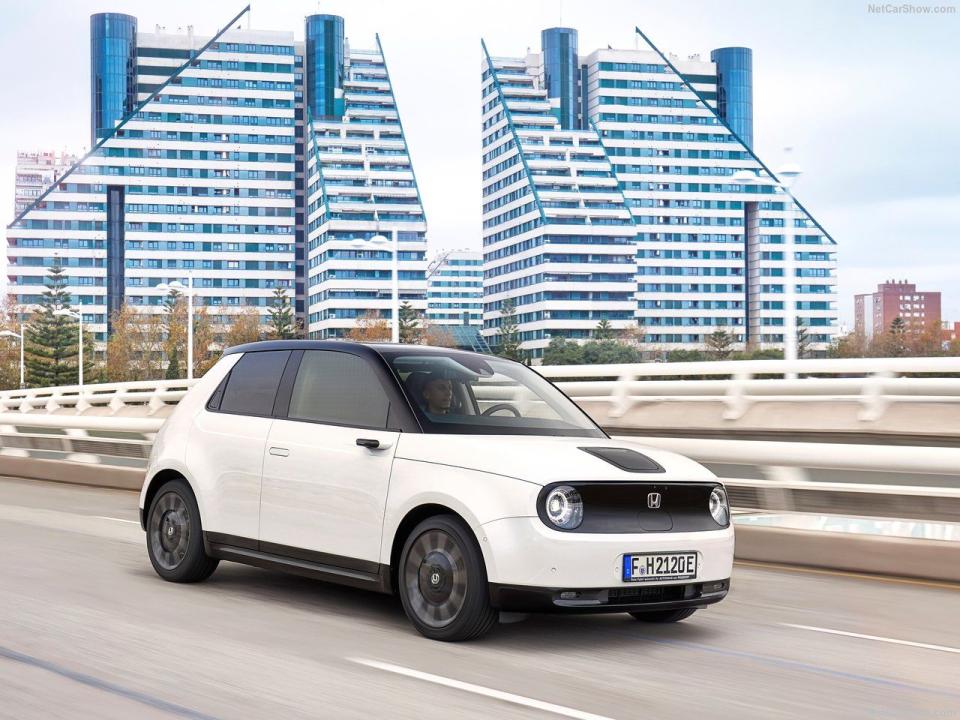
Despite not being sold in America, the company’s next EV made a much bigger impression here. Since the reveal of the adorable, tiny Honda e, diehard Honda fans have been clamoring for the company to bring it to the States. Fans in Europe seem less impressed. The microcar has been criticized for its low range—125 miles on the WLTP cycle, which typically produces much more optimistic results than the U.S. EPA cycle—and pricing that puts it in line with more practical, long-range EVs. In 2021, Honda sold just 3752 es in the EU, according to the website CarSalesBase. In the same year, Renault sold 69,136 Zoes.
Honda Pressed to Partner With GM

What Honda needs is an inexpensive long-range EV that will appeal to American buyers, who have shown much more interest in EVs than their Japanese counterparts. In the early days of the mainstream electric car era, though, the company knew it needed a partner if it wanted to get off the ground quickly. And GM could deliver one thing that was vital: scale.
“Honda has discussed [parnterships] with various auto companies and, when it comes to the question of all of them, why GM, one reason is that if we compare the company’s size on a global basis, we are similar,” Mibe said. “And we are similar in technology as well. If we compare the number of patents that we hold, it’s sort of similar between GM and Honda. So we thought that this will probably be a good partner to do a 50/50 partnership together with.”
Honda is adamant that GM and Honda are of similar size and that the two companies bring similar tech to the table. For the moment, however, the deal hardly looks 50/50. Honda and Acura will both sell large fully electric SUVs built on a GM platform using its Ultium Batteries. It’s a good solution for getting EVs out the door at scale before Honda’s battery plant co-venture with LG Energy Solutions is finished, but it certainly seems like Honda is more dependent on GM than vice versa. GM sold one and a half times as many cars as Honda worldwide in 2021, and GM’s EV advantage in the U.S. is vast. Honda argues that its overall global revenue is similar to GM’s and that its other business units will contribute to the R&D effort. But in real, practical terms, GM has a factory and an actual volume EV business established, so clearly it isn’t an equal partnership at the moment.
As the cooperation progresses, though, the companies will jointly develop an affordable EV, which we expect to have more direct influence from Honda. Plus, the combined scale of both Honda and GM’s huge American businesses will help the companies secure ever-scarcer supplies of rare earth metals at competitive prices.
“What we consider very important is not which company’s technology is better or anything like that. What we consider very important is GM and Honda working together to drive mass volume, reduce cost, and enhance cell competitiveness together, which we believe we need to do, probably, at the real inception stage of EVs, the beginning stage of it. That is the reason why we’re teaming up,” Mibe said.
Ultium Jealousy
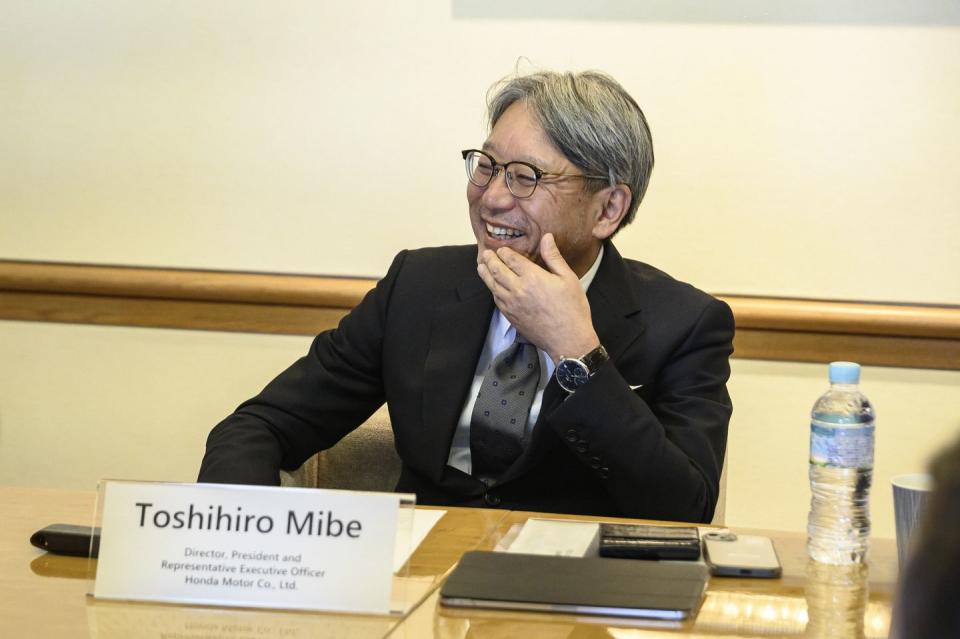

 Yahoo Autos
Yahoo Autos 